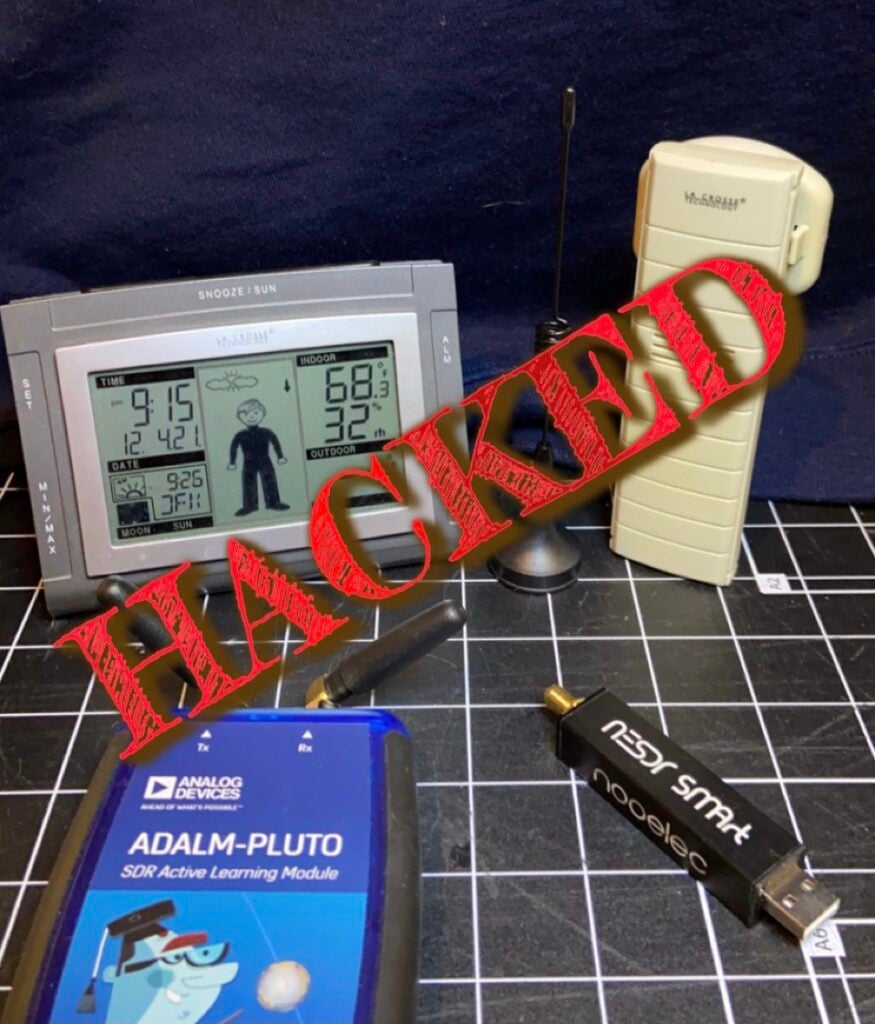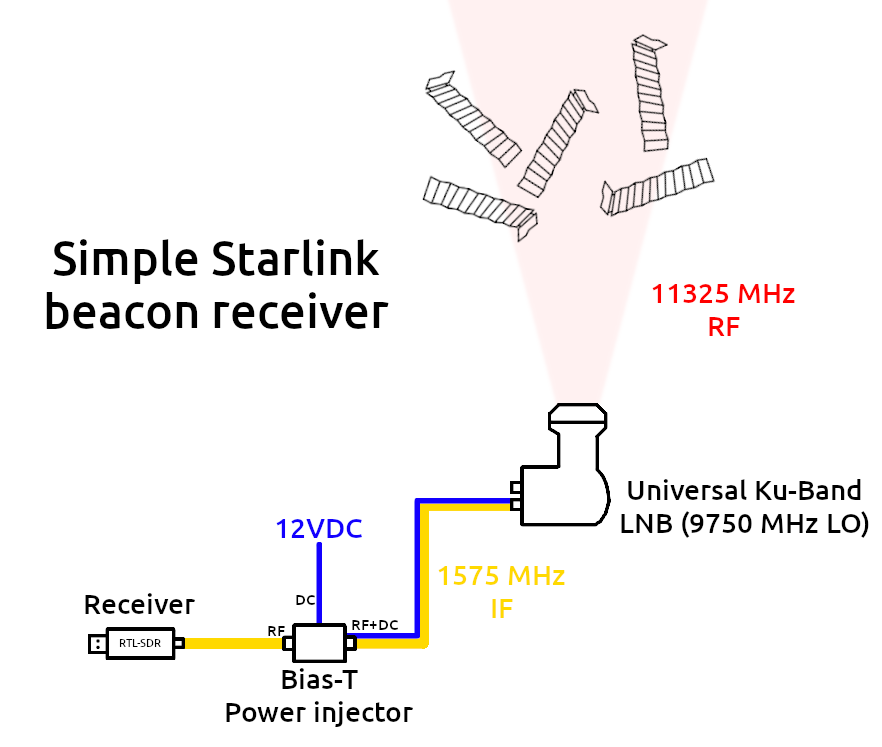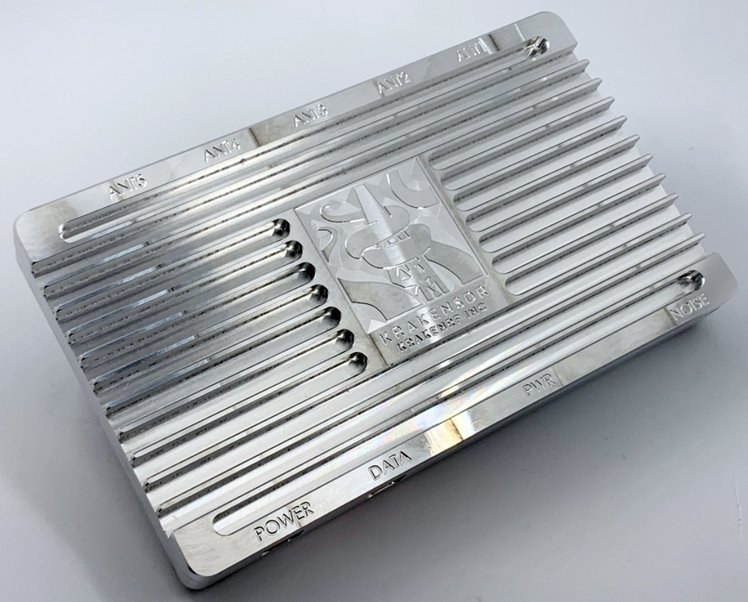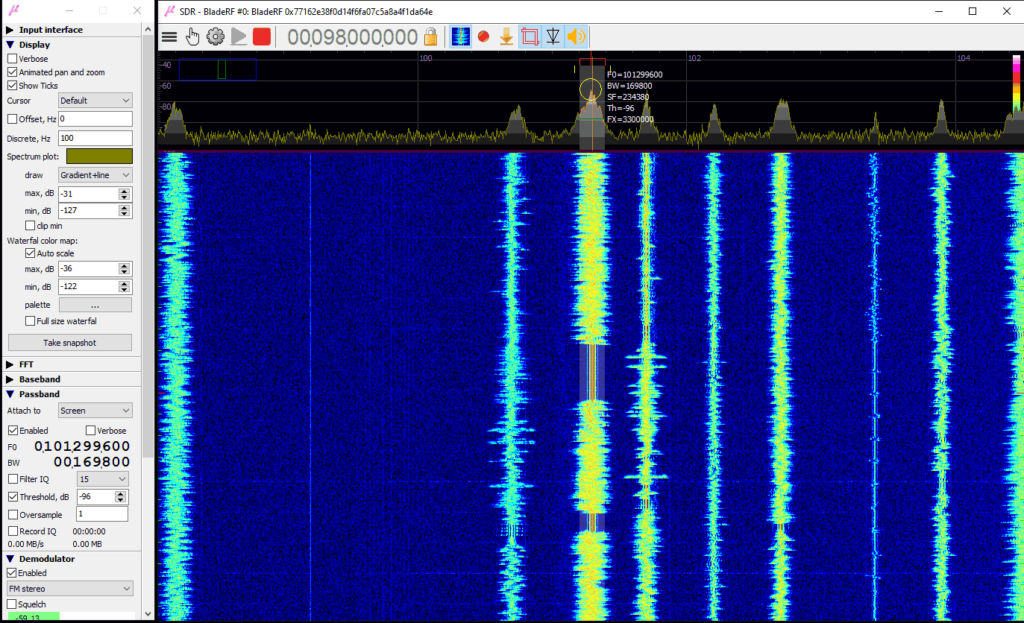Hacking a La Crosse Weather Station with an RTL-SDR, PlutoSDR and Universal Radio Hacker
Thank you to Ryan K for submitting his latest blog post where he gives an in depth explanation of how he reverse engineered his La Crosse weather station using an RTL-SDR, PlutoSDR and the Universal Radio Hacker (URH) software.
The La Crosse weather station system consists of a LCD base station, and various wireless sensors. Ryan first discovered that the devices used the 915 MHz frequency band via details written on the device itself. His next step was to open up Universal Radio Hacker and use one of his SDRs to record a packet. URH then allowed him to convert that data into bits for packet analysis. The rest of his post goes into detail on how he set the symbol rate, discovered the preamble and reverse engineered the CRC code.
The next step he took was to generate a spoofed packet generated by URH and transmitted by the PlutoSDR. This allowed him to set the base station display to any temperature that he specified. But he ran into a problem where only the first packet he sent after power up was received. Eventually he discovered that the system sets a randomized interval for each of the transmitters at startup, and data outside of that interval is ignored.
Ryan's post explains his whole though process and progress in detail, so is an excellent study for anyone looking to get into reverse engineering wireless signals.







